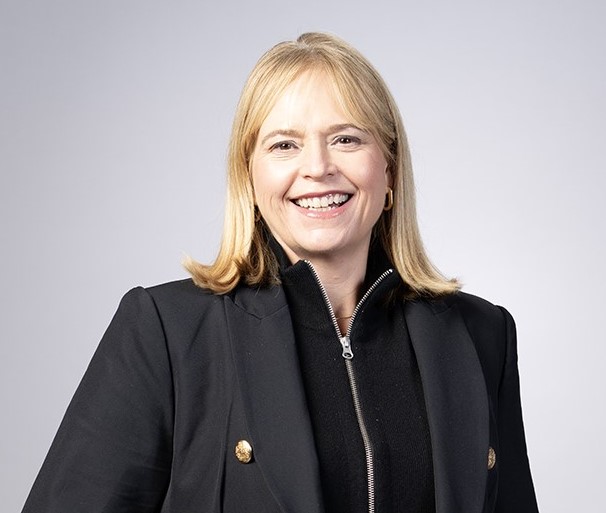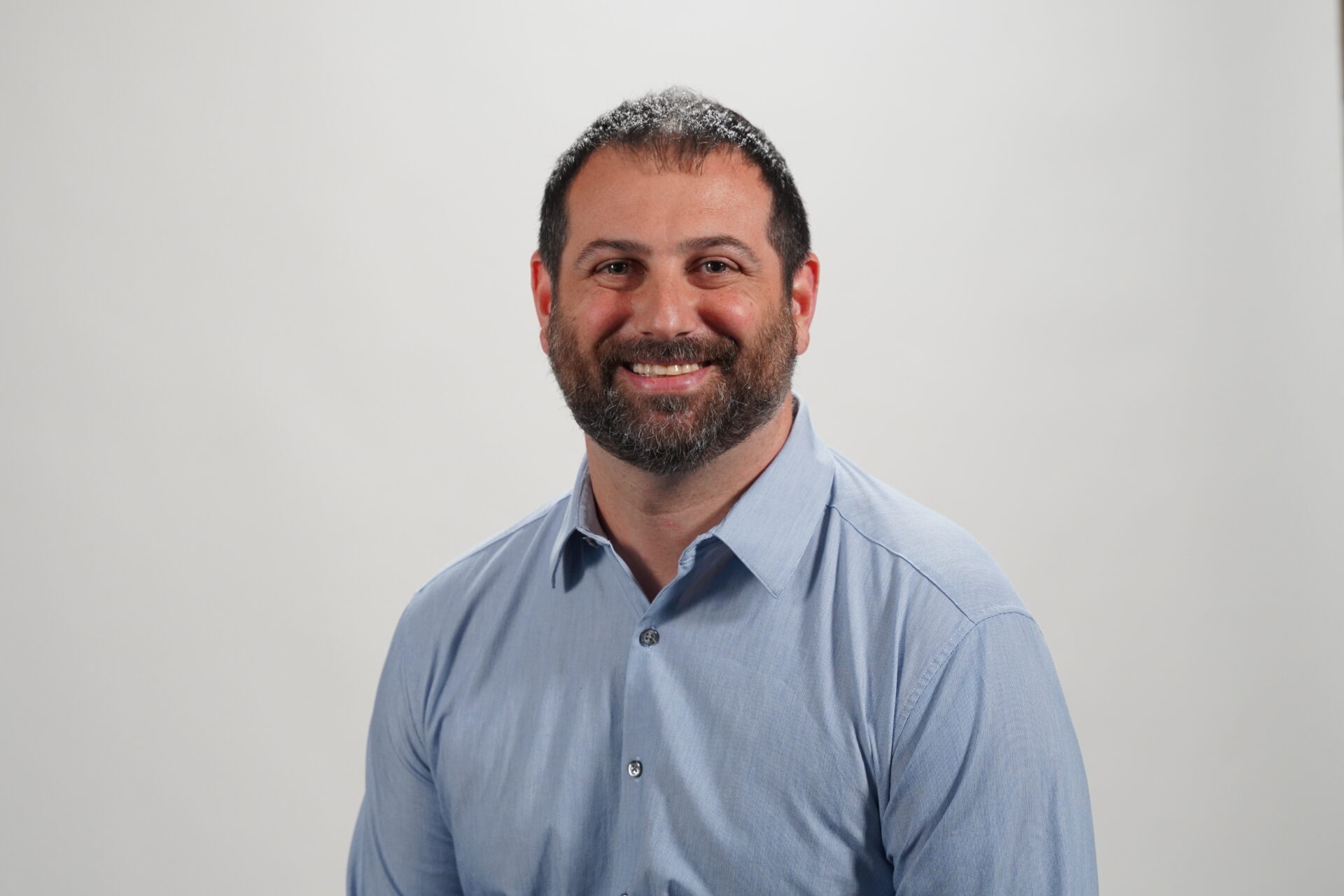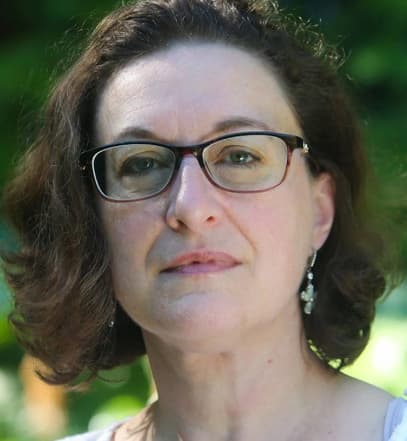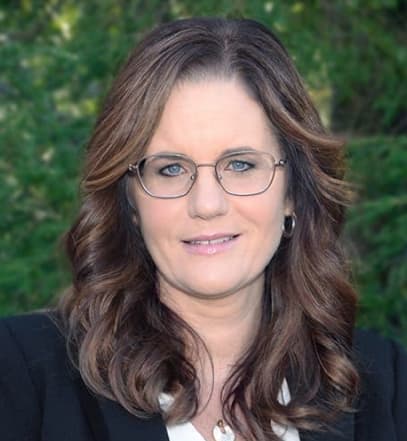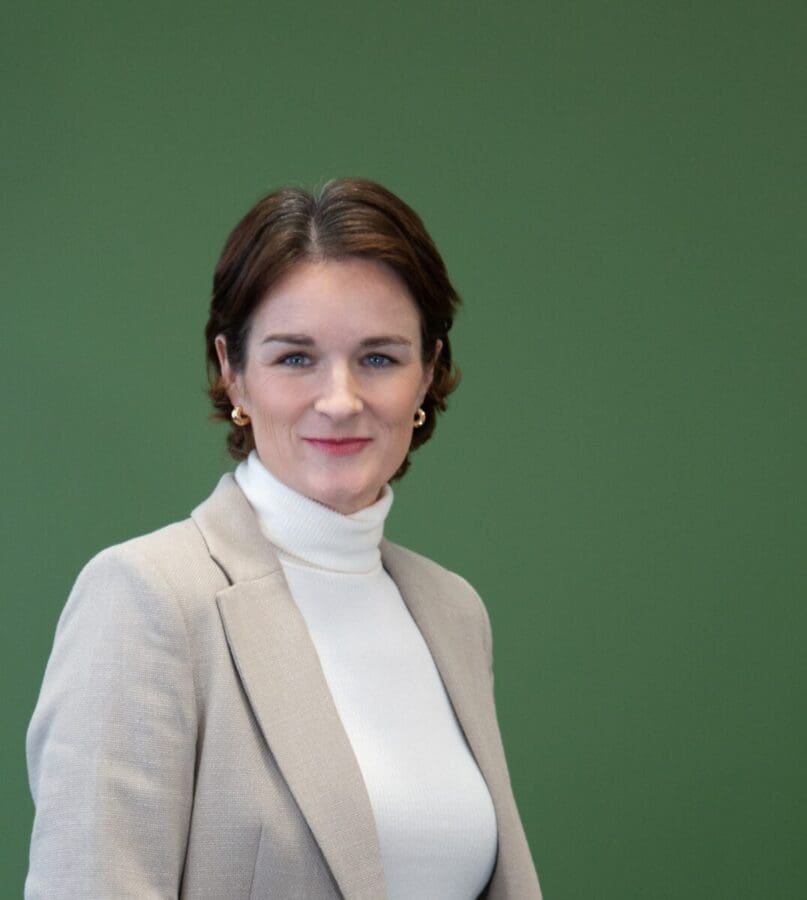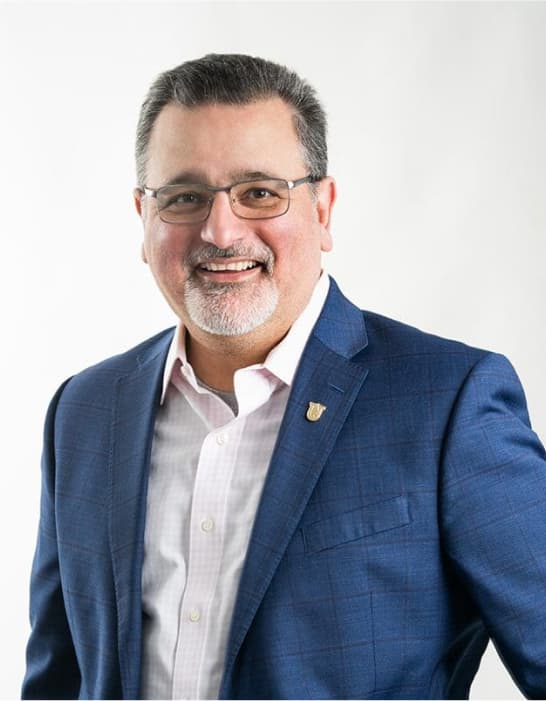
Dr. Melik Peter Khoury
Dr. Melik Peter Khoury, DBA, serves as the 11th President and CEO of Unity Environmental University, where he leads efforts to redefine education’s role in addressing environmental and societal challenges. Under his guidance, Unity has become Maine’s fastest-growing university, integrating technology, including AI, to deliver accessible, personalized learning experiences. His pioneering Enterprise Model creates audience-focused subsidiaries offering career-driven pathways in environmental science and sustainability, ensuring education serves as a launchpad for lifelong impact.
Born in West Africa and educated in the U.S., Dr. Khoury brings a global perspective to his mission of breaking barriers to education. His leadership has driven Unity’s exponential growth, reclassification as a Master’s College & University, and relocation to Pineland Farms. An accomplished speaker and thought leader, Dr. Khoury shares his expertise on AI, institutional transformation, and sustainable leadership. Outside of work, he enjoys cooking, film, and soccer while continuing to inspire changes in education.

